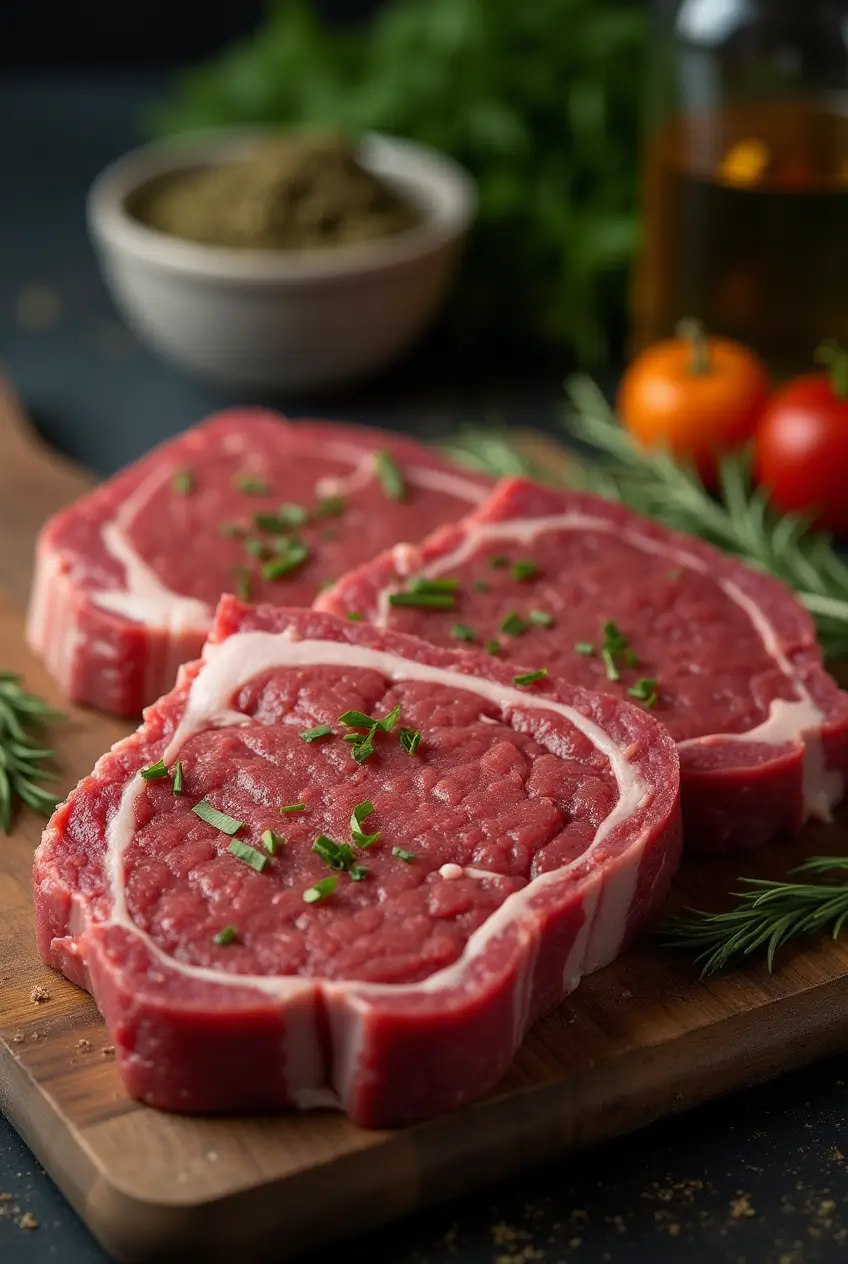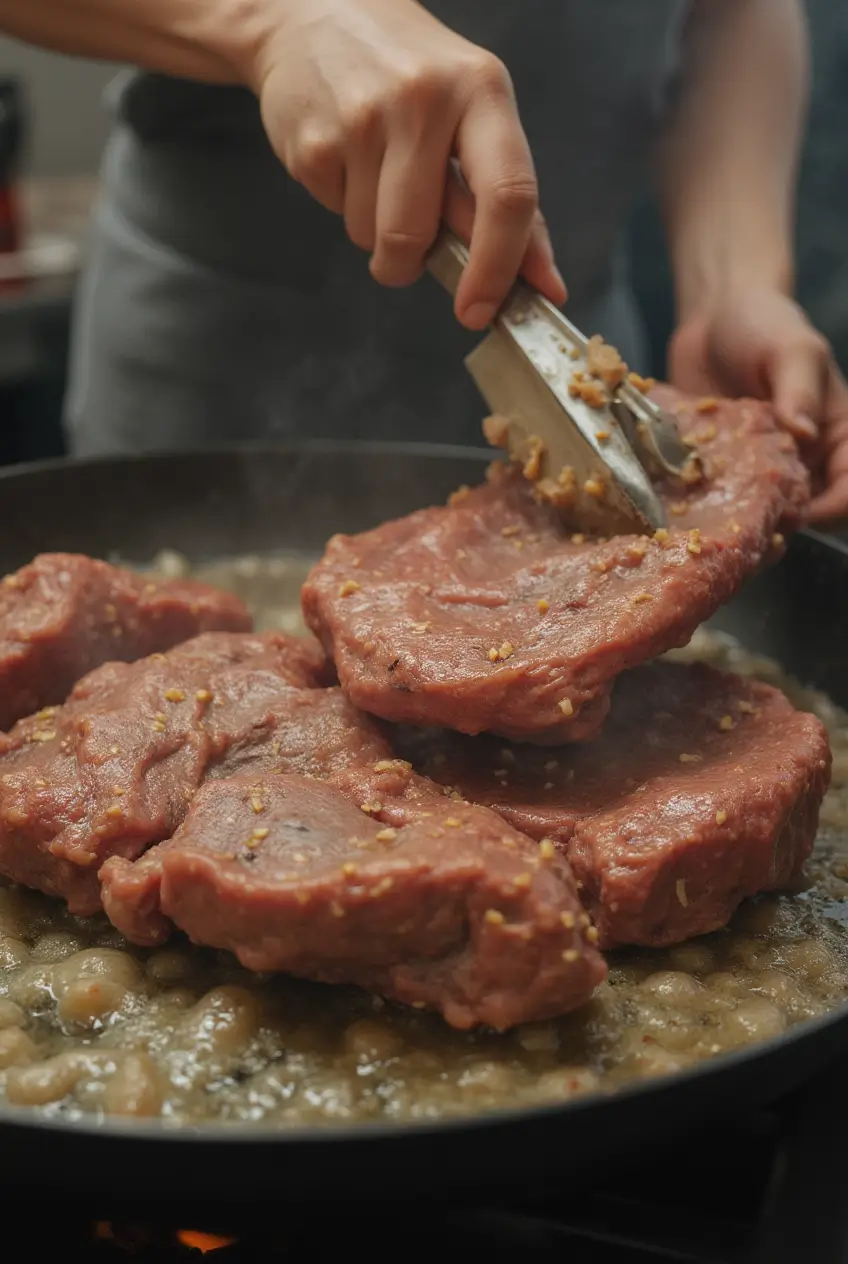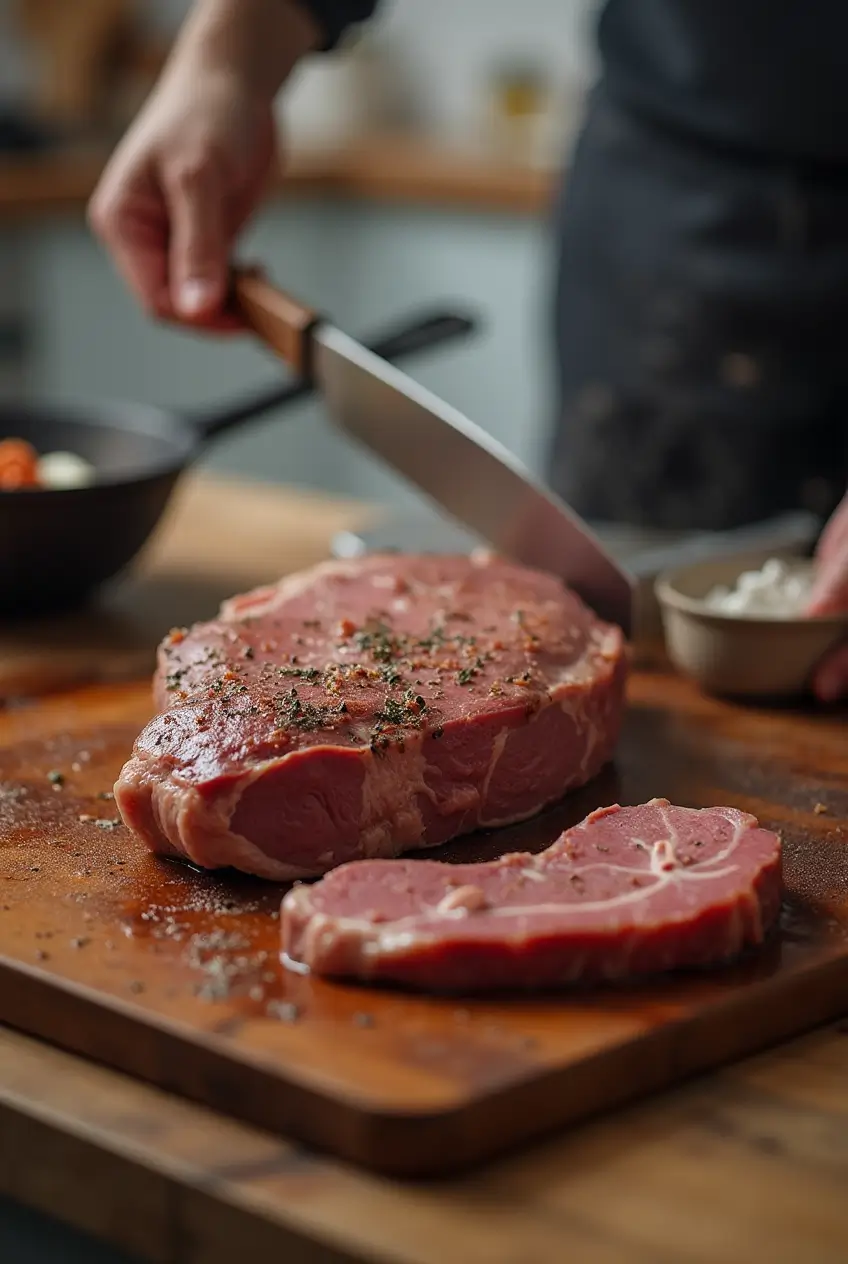Cooking Meat: 5 Essential Rules Everyone Should Know
Table of Contents

Cooking Meat Essential Rules
Ever stood in your kitchen, staring at an expensive cut of meat, and wondered how to do it justice? You’re not alone. Whether you’re preparing a weeknight dinner or hosting a special occasion, mastering the art of cooking meat can transform your culinary results from mediocre to memorable. Here are five essential rules that will elevate your meat dishes to restaurant quality.
Rule 1: Choose Quality Meat
The journey to perfectly cooked meat begins at the store. Quality ingredients yield quality results, and this couldn’t be more true than with meat. When shopping, look for:
Fresh meat should have a vibrant color and feel firm to the touch. For beef, seek out marbling – those white streaks of fat that enhance flavor and tenderness. For poultry, the skin should be intact and free from blemishes. When possible, choose meat from trusted local sources or butchers who can tell you about its origin and how the animals were raised.
Rule 2: Season and Marinate Right
Proper seasoning is what separates good meat from extraordinary meat. Start with the basics: salt and pepper should be applied generously before cooking. For optimal results, season your meat at least 40 minutes before cooking or even the night before. This allows the salt to penetrate the meat and enhance its natural flavors.
For marinades, remember this formula: fat (oil) + acid (vinegar/citrus) + aromatics (herbs/garlic). Tougher cuts benefit from longer marination times, while tender cuts need just 2-4 hours. Avoid marinading for too long, as acidic ingredients can break down the meat’s texture and make it mushy.
Rule 3: Master Temperature Control
Temperature control is crucial for achieving the perfect doneness. Invest in a good meat thermometer it’s your best friend in the kitchen. Here’s a quick guide:

- Rare beef: 125°F (52°C)
- Medium-rare: 135°F (57°C)
- Medium: 145°F (63°C)
- Chicken/poultry: 165°F (74°C)
- Pork: 145°F (63°C) with a 3-minute rest
Remember to account for carryover cooking – meat’s internal temperature will rise 5-10 degrees after removing it from heat.
Rule 4: Select the Best Cooking Technique
Different cuts demand different cooking methods:
Tender cuts (ribeye, tenderloin):
- High-heat methods like grilling or pan-searing
- Quick cooking to maintain tenderness
- Focus on developing a flavorful crust
Tough cuts (brisket, chuck):
- Slow cooking methods like braising or roasting
- Low and slow to break down connective tissue
- Moisture and time are your allies
Rule 5: Let the Meat Rest
Perhaps the most overlooked yet crucial step: resting your meat. After cooking, let it rest on a cutting board, loosely tented with foil. This allows the juices to redistribute throughout the meat instead of spilling out when cut.
Resting guidelines:
- Small cuts (steaks, chicken breasts): 5-10 minutes
- Large roasts: 15-20 minutes
- Whole birds: 20-30 minutes

Bonus Tips for Perfect Results
Take your meat cookery to the next level with these pro tips:
- Bring meat to room temperature before cooking
- Pat meat dry before searing for better crust development
- Use aromatics like herbs and garlic during cooking
- Baste larger cuts with their own juices
- Cut meat against the grain for maximum tenderness
Common pitfalls to avoid:
- Don’t overcrowd the pan – it leads to steaming instead of searing
- Resist the urge to constantly flip the meat
- Never pierce meat while cooking – use tongs instead
- Don’t rush the process – good meat cookery takes time
Conclusion
Mastering these five essential rules – choosing quality meat, seasoning properly, controlling temperature, selecting appropriate cooking methods, and allowing proper rest – will revolutionize your meat dishes. Remember, great cooking comes from understanding these fundamentals and practicing them consistently.
Ready to put these rules into action? Start with a simple cut of meat and focus on executing each step properly. As your confidence grows, experiment with different cuts and techniques. Your journey to becoming a meat-cooking master starts with these foundations.
Author’s Top Recipe Picks
Share your success stories in the comments below, or explore our related recipes for more inspiration in your culinary adventures.
Did You Try Our Recipe?
There are no reviews yet. Be the first one to write one.
